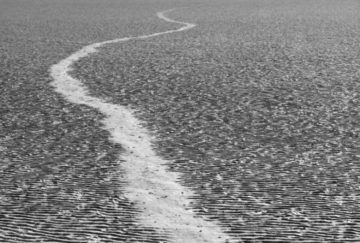Michael Gordin in Boston Review:
 Where do you place the boundary between “science” and “pseudoscience”? The question is more than academic. The answers we give have consequences—in part because, as health policy scholar Timothy Caulfield wrote in Nature last April during the first wave of COVID-19, “tolerating pseudoscience can cause real harm.” We want to know which doctrines count as bona fide science (with all the resulting prestige that carries) and which are imposters.
Where do you place the boundary between “science” and “pseudoscience”? The question is more than academic. The answers we give have consequences—in part because, as health policy scholar Timothy Caulfield wrote in Nature last April during the first wave of COVID-19, “tolerating pseudoscience can cause real harm.” We want to know which doctrines count as bona fide science (with all the resulting prestige that carries) and which are imposters.
This is the “demarcation problem,” as the Austrian-British philosopher Karl Popper famously called it. The solution is not at all obvious. You cannot just rely on those parts of science that are correct, since science is a work in progress. Much of what scientists claim is provisional, after all, and often turns out to be wrong. That does not mean those who were wrong were engaged in “pseudoscience,” or even that they were doing “bad science”—this is just how science operates. What makes a theory scientific is something other than the fact that it is right.
Of the answers that have been proposed, Popper’s own criterion—falsifiability—remains the most commonly invoked, despite serious criticism from both philosophers and scientists. These attacks fatally weakened Popper’s proposal, yet its persistence over a century of debates helps to illustrate the challenge of demarcation—a problem no less central today than it was when Popper broached it.
More here.
